When winter weather starts to roll around, some dog breeds are far more excited than others. It’s not uncommon to see a pooch or two strutting around fully clad in winter gear, but not all dogs share this sensitivity to the cold! In this article, you’ll learn about ten of the dog breeds with the highest susceptibility to cold temperatures. There are many reasons why your dog dislikes winter, from anxiety issues to reasons involving their age and health. Dozens of dogs and dog breeds hate the cold, but what makes this group stand out is their genetic and historical need to keep themselves warm and toasty. So, if you own one of the breeds below, be sure to have that snazzy new coat waiting in your online shopping cart!
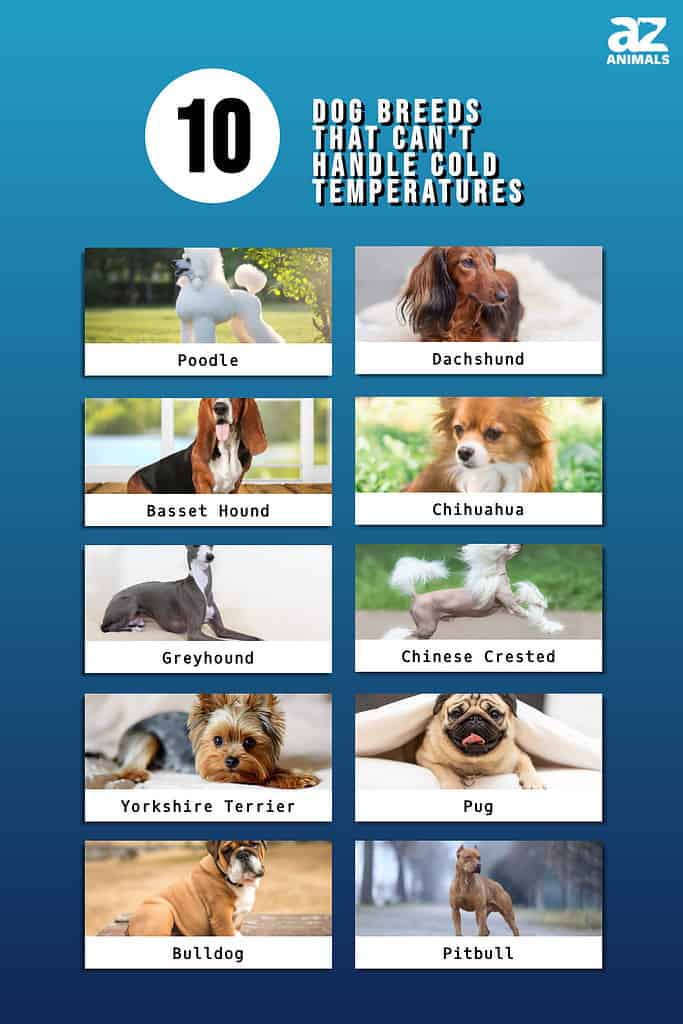
Poodle
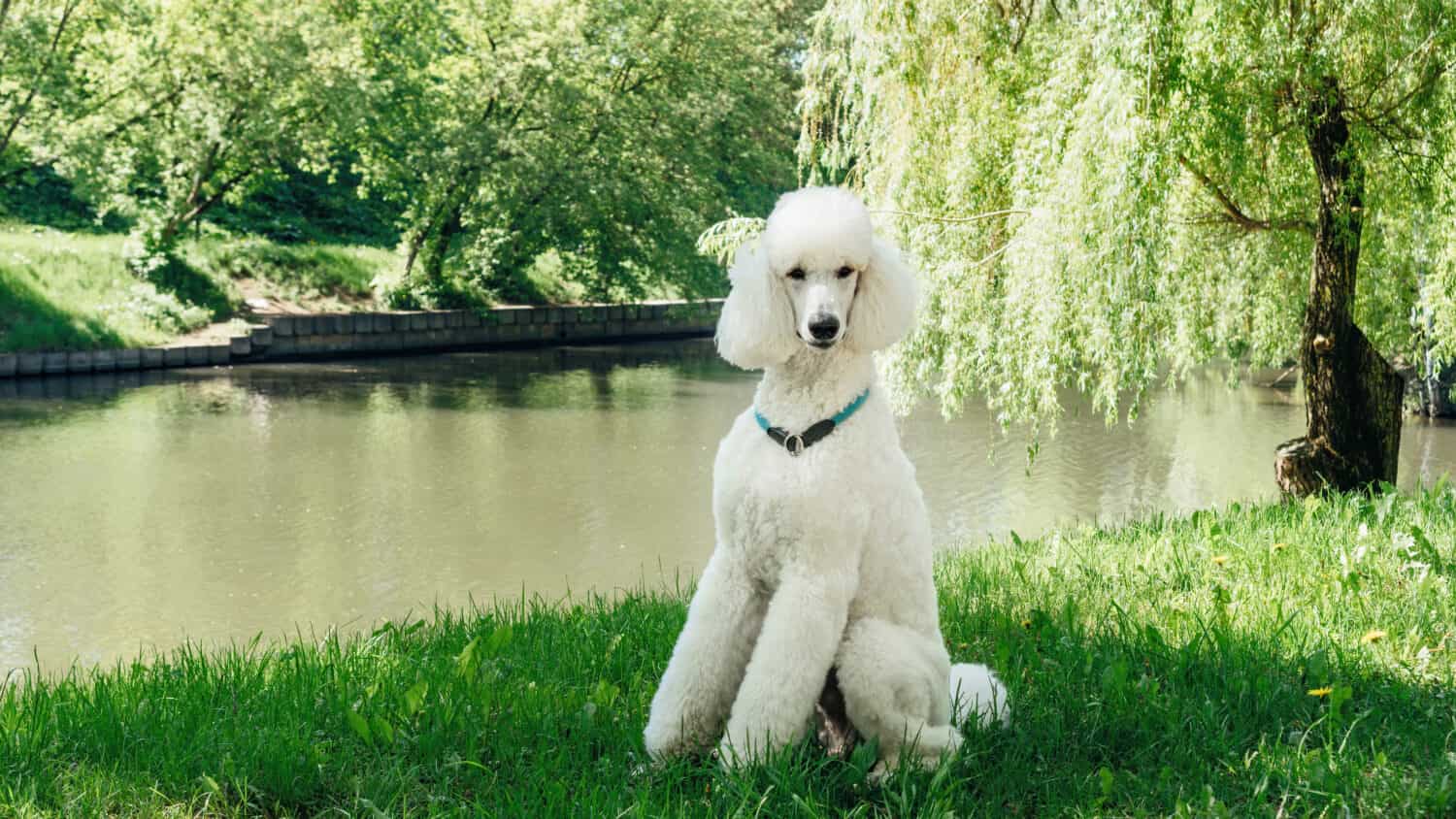
Despite their curly fur, poodles are very susceptible to the cold.
©nieriss/Shutterstock.com
To kick off our list, surprisingly, is the poodle. Now, when you initially look at this dog and its luscious coat of curly fur, you might believe that this breed has no reason to hate the cold. However, this coat is incredibly deceiving. It does quite a poor job at insulating poodles and does an even worse job at keeping their skin from feeling wet. This fur can bring about its own set of problems if not dealt with, too. It can lead to the fur becoming matted and tangled up. So, if you see poodle owners dressing their dogs top-to-toe in winter gear this season, try not to judge: They really need the protection!
Dachshund
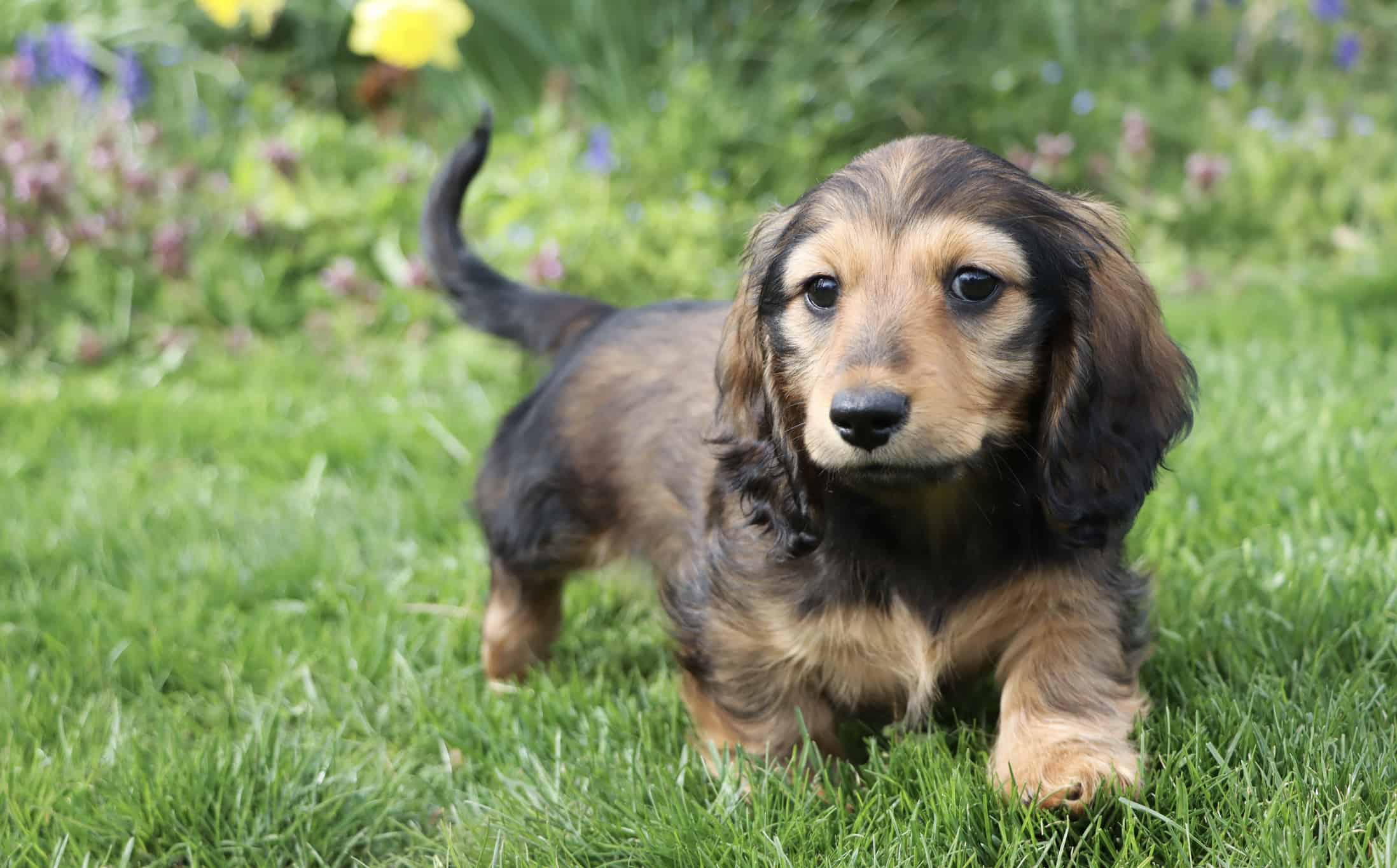
The short legs of the
dachshund
make it difficult for them to traverse through snow.
©Sherri Simms/iStock via Getty Images
Imagine if every time it snowed lightly outside, that snow always reached up to your neck (or higher!) As you might think, that isn’t a pleasant sensation. The fact is that dachshunds have notoriously short legs, and by nature always stay close to the ground. Come wintertime, this can become quite an issue, as even “light” snowfall can prove to be overwhelming for the stout breed. Not to mention the dachshund has a thin coat that can hardly be called snow-proof, so this combination of exposure and lack of protection can be detrimental to their health.
Basset Hound

Though they’re lovable, the long ears of a
basset hound
can become quite an obstacle in frigid temperatures.
©Bill Anastasiou/Shutterstock.com
Another short-legged breed, the basset hound has trouble dealing with cold, snowy weather. But, what makes the basset hound uniquely exposed to the elements are their gigantic, fragile ears. The ears of the basset hound could likely be treated as an extra set of appendages when it comes to susceptibility to frostbite. Hanging so low that they may even touch the ground as the hound sniffs around the yard, it’s important that you keep those ears protected. Try to limit their outdoor activity during the winter, but be sure that you still get some exercise in when you can!
Chihuahua
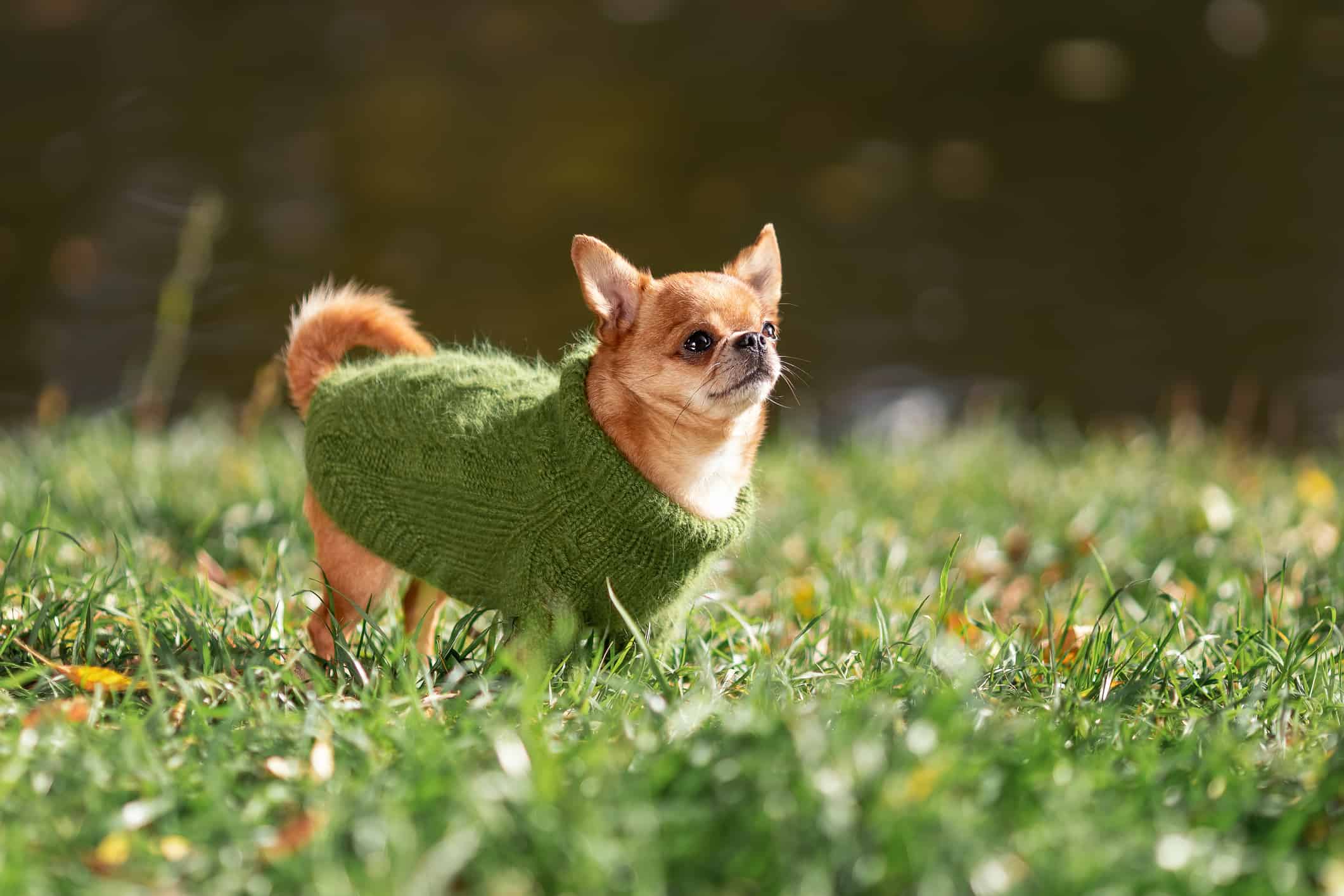
A breed well-known for its cold intolerance is the
Chihuahua
.
©iStock.com/Irina Nedikova
Chihuahuas can be described in a number of ways (loving, charismatic, feisty) but one of those ways has never been “weather-proof.” This breed is one that many would automatically list in their minds as dogs that hate the cold and for good reason! When it comes to protection from inclement weather, these dogs have next to nothing. Besides the fact that their fur is incredibly thin, they’re also known to be one of the smallest dog breeds! Such a tiny frame cannot support bone-chilling temperatures. Forget just one sweater, Chihuahua’s might need multiple layers to actually enjoy outdoor time in the winter!
Greyhound

There are a number of physical features that work together to make greyhounds so unaccustomed to the cold.
©Alexandra Morrison Photo/Shutterstock.com
As a breed known for its athletic prowess, the speedy greyhound might not strike you as a dog that hates or can’t withstand the cold. However, the bodily structure that makes them excel so heavily with cardio is the one that makes the cold so painful to them. You see, the combination of short fur, low body fat, and thin appendages practically makes the greyhound a magnet for hypothermia. So, before letting your little speed racer get back to their regular zoomies, you might want to take the extra time to layer him up!
Chinese Crested

It’s clear solely by appearance that the Chinese crested dog is not well-suited to the cold.
©Abramova Kseniya/Shutterstock.com
With just one look at the Chinese crested dog, you’ll be able to understand what makes them a poorly built breed for winter weather. Their unique fur pattern, which generally only grows on their paws and on the top of their head, leaves the entirety of their torso and appendages naked to the elements. Assumed to be a product of evolving the African hairless dog, it’s important to limit their time outdoors when there are inclement weather conditions. Otherwise, prepare to suit them up in several protective layers of clothing.
Yorkshire Terrier

Drying off your Yorkie after an outdoor play session in the winter is nothing short of a hassle.
©Anna Vasiljeva/Shutterstock.com
If you think your Yorkie is high maintenance in the summer, just wait until their fur gets coated in snow! After an outdoor run around in the winter, it’s not uncommon to spend several minutes in the bathroom attempting to dry off your Yorkie’s long hair. If you don’t, not only are you risking their health by letting them shiver away, but you’re also running the risk of their hair becoming knotted and tangled in all the wrong places. Their fur isn’t the only issue, either- their short stature disables this breed from being able to see what’s going on in front of them. All it takes is a few inches of snow for them to have no idea where they’re roaming!
Pug
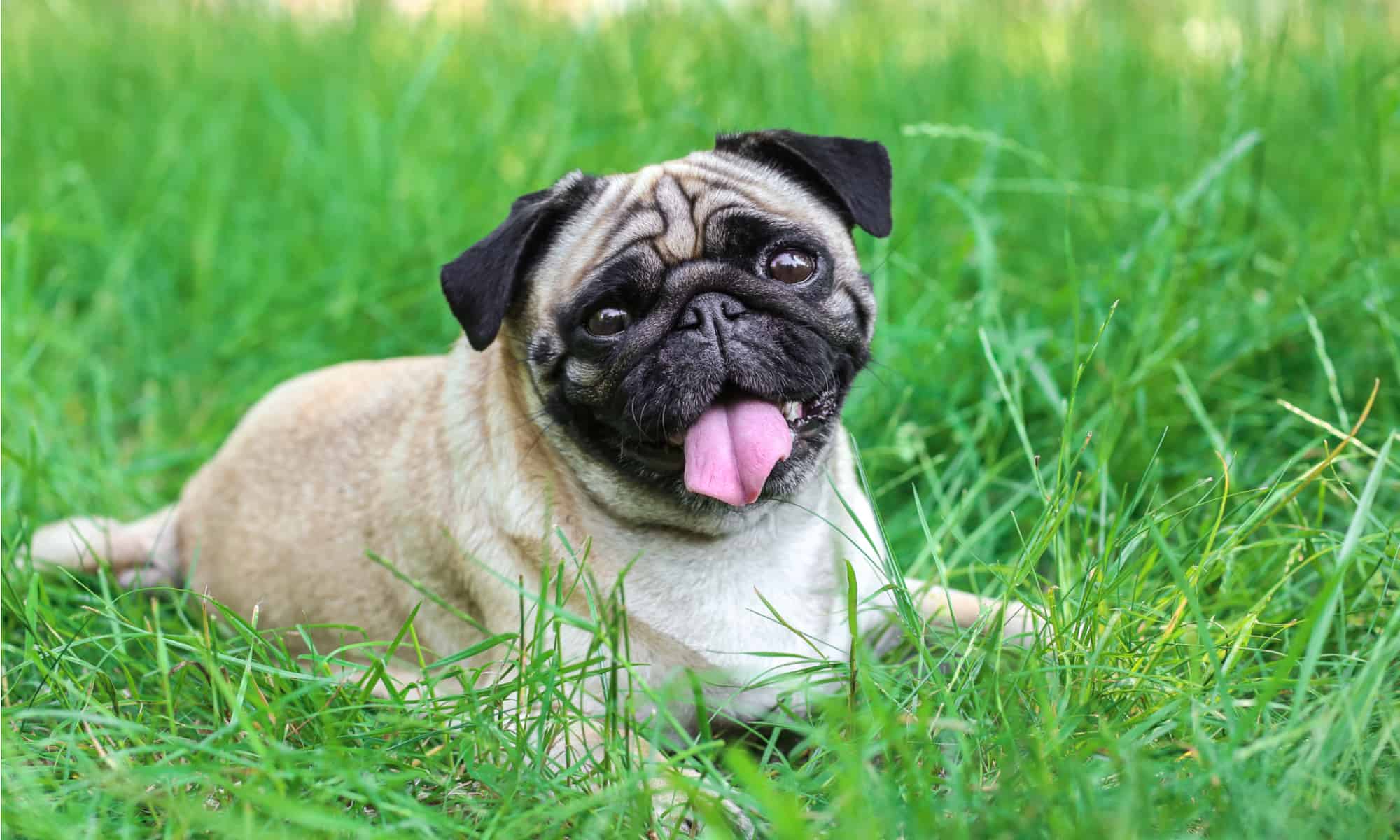
Many physical features make pugs susceptible to inclement weather, whether that be the heat or cold.
©Africa Studio/Shutterstock.com
Pugs have a strong susceptibility to a multitude of health issues, and there’s no exception for those of the weather-related variety. You may already know that pugs do poorly with heat, their brachycephalic characteristics preventing them from breathing properly, but what you might not know is that pugs do just as poorly in the winter as they do in the summer.
These dogs are short and stout, making it difficult for them to see over banks of snow. Since their breathing capabilities are already prone to limitations, it’s also important that you do everything possible to prevent them from getting a chapped nose. This might not sound like a potential issue, but it’s actually far more common than one would think!
Bulldog
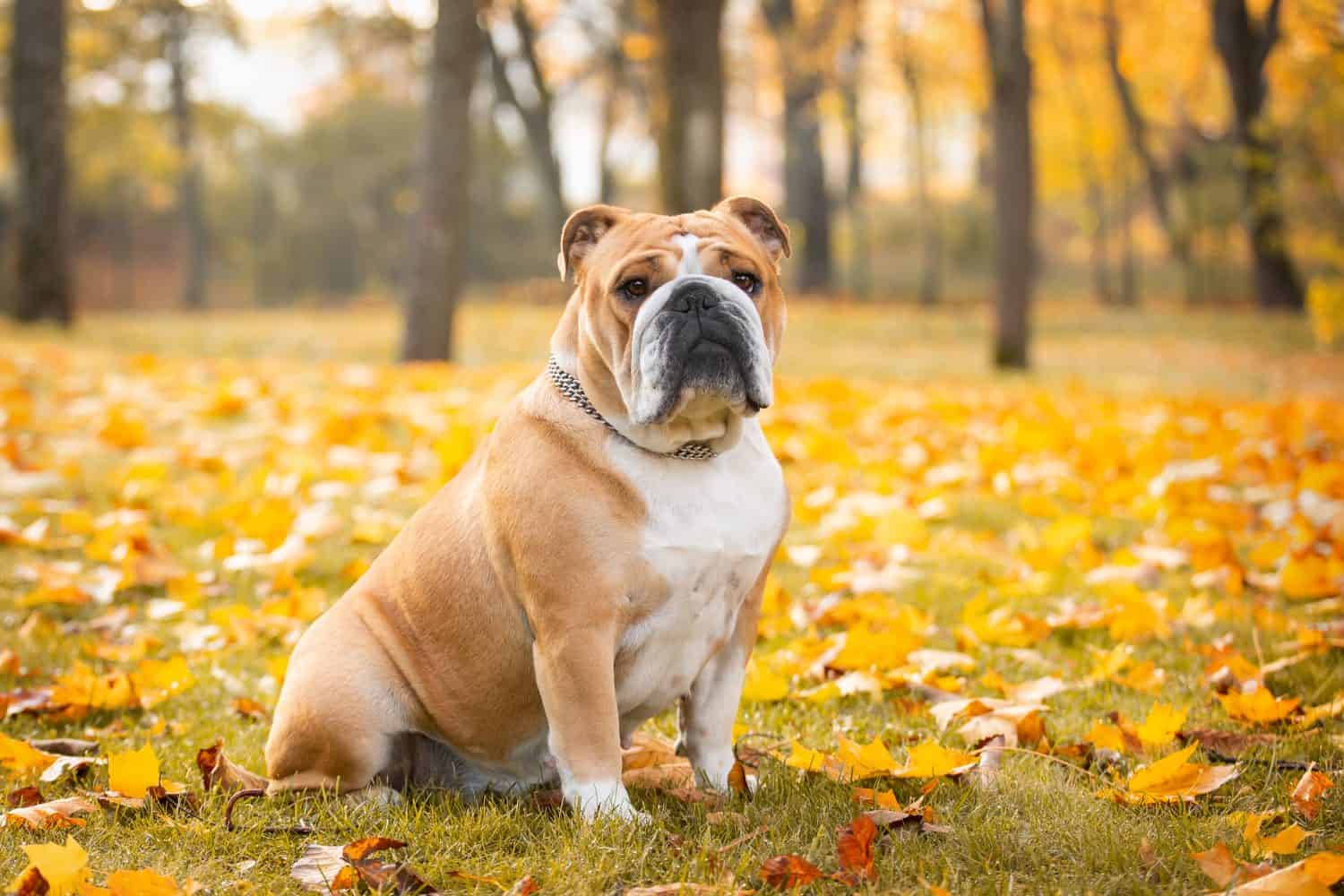
Bulldogs might look sturdy, but they aren’t built for winter conditions.
©Vera Reva/Shutterstock.com
A brachycephalic counterpart of the pug, the bulldog is a breed that also has trouble dealing with the chill of winter. Whether it be French or English, any kind of bulldog is one that likely hates the cold. This is because their arms and legs (as well as themselves in general) are quite short! This issue is in combination with their squished noses, which run the risk of becoming chapped and sore in the cold weather.
Pitbull
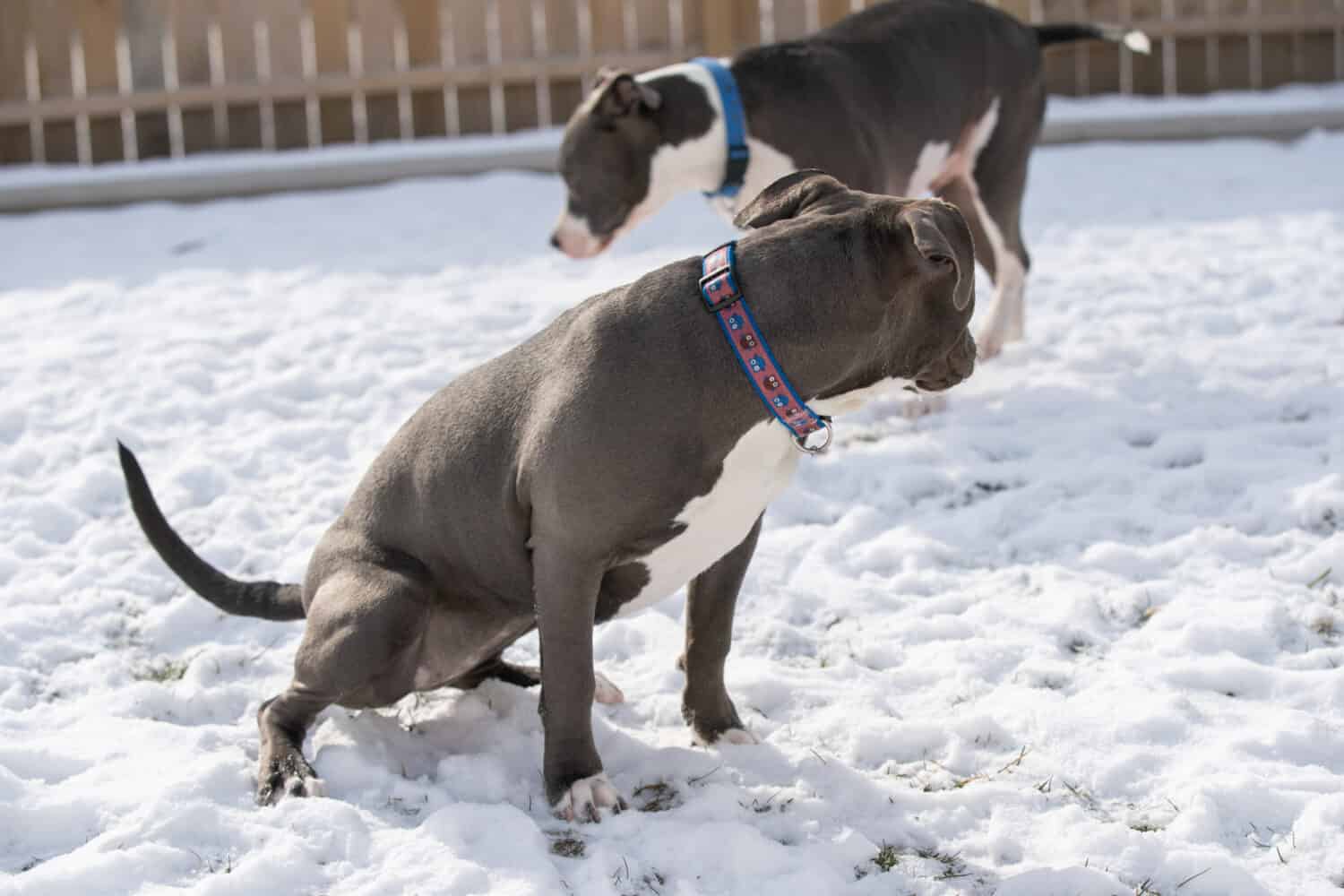
They may normally enjoy a run around the yard, but this might not be the case when winter rolls around.
©J.A. Dunbar/Shutterstock.com
Although there are some who attempt to portray the pitbull as a domineering breed, anyone who actually owns one of these dogs knows firsthand that their true identity is one of a spoiled and lovable prince or princess. Pitbulls are dogs that hate the cold due to their short coats, which do a poor job of protecting their sensitive skin from the elements. These dogs would highly prefer being indoors and snuggled up on the couch. Don’t worry, though, because pitbulls look great in winter outfits.
The photo featured at the top of this post is © Fayzulin Serg/Shutterstock.com
Ready to discover the top 10 cutest dog breeds in the entire world?
How about the fastest dogs, the largest dogs and those that are -- quite frankly -- just the kindest dogs on the planet? Each day, AZ Animals sends out lists just like this to our thousands of email subscribers. And the best part? It's FREE. Join today by entering your email below.
Thank you for reading! Have some feedback for us? Contact the AZ Animals editorial team.






